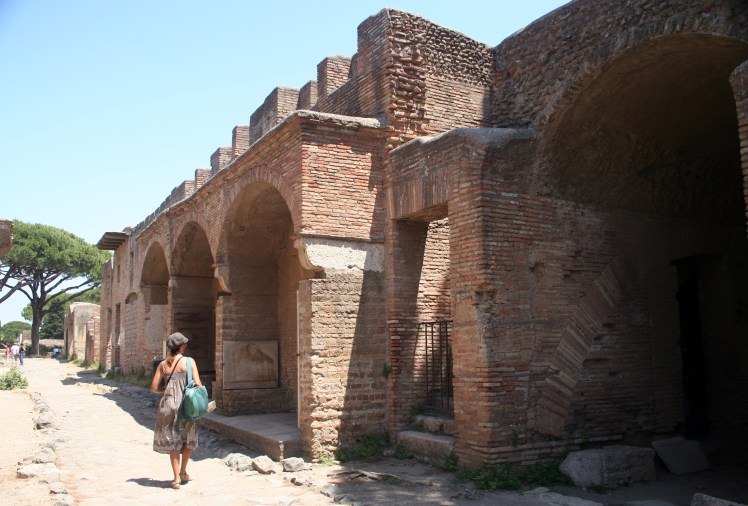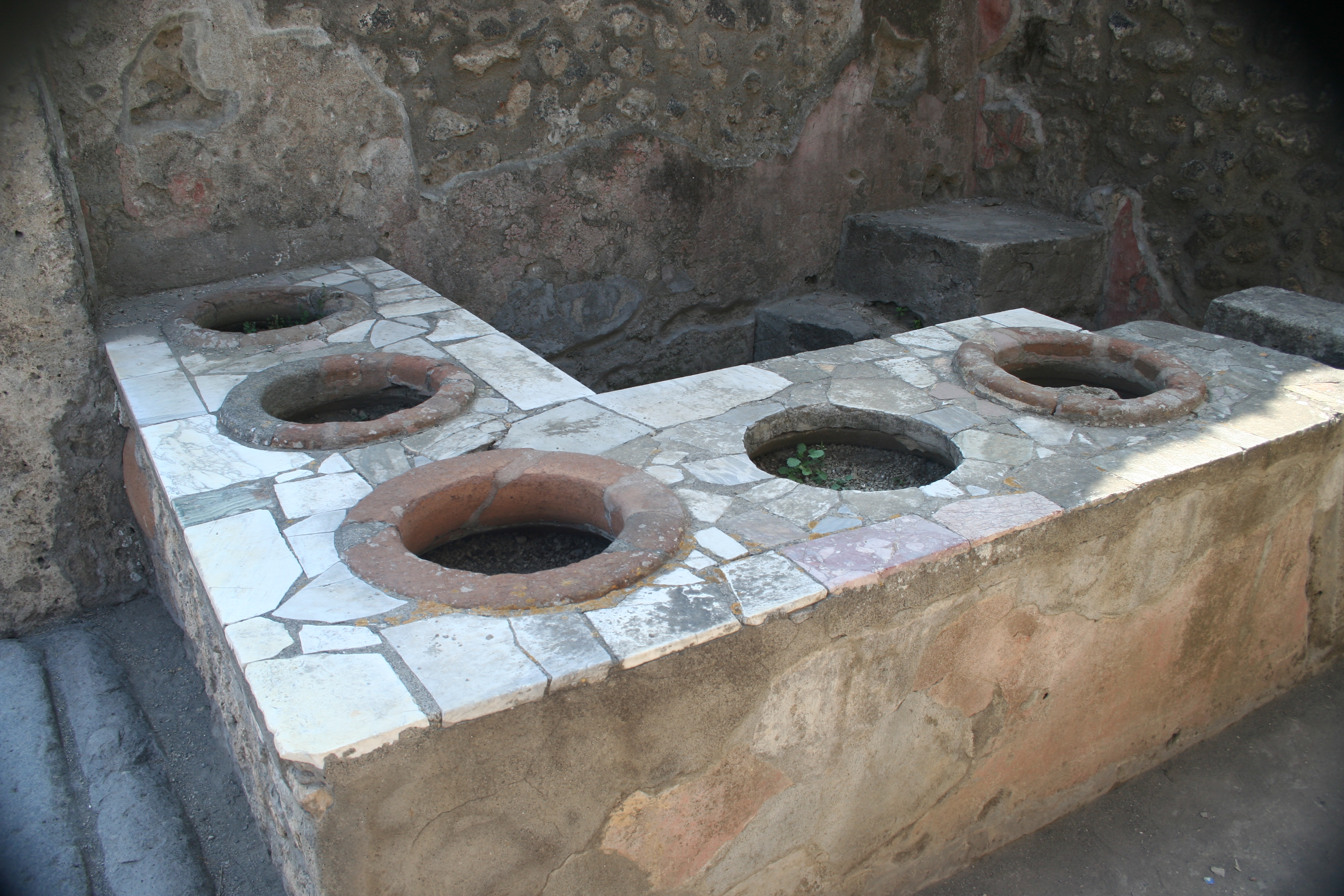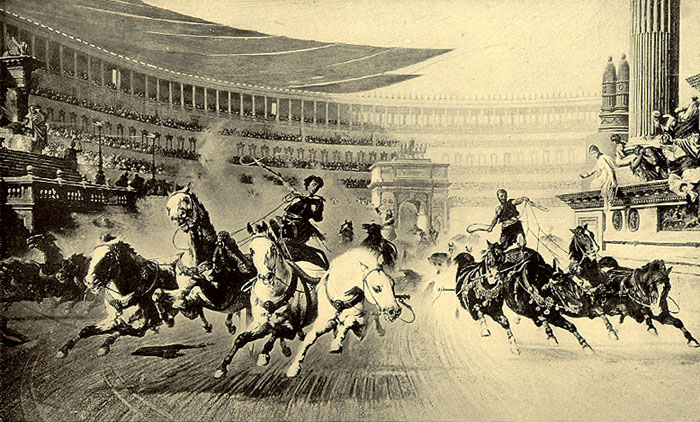Say ‘ancient Rome’ and you have my attention immediately. So I had to read Brook Allen’s debut novel, and I also invited her to contribute a guest post to this blog. So, here’s my review, and her piece, and some of her photos, too!
My Review

Marc Antony is a familiar historical figure. Whether it’s from Shakespeare, film, video games or history class, his basic story as Julius Caesar’s right-hand man, Cleopatra’s lover, and a key figure in the transformation of Rome from a republic to an imperial state is known to many. But how did he become this man? What drove him?
Brook Allen’s Antonius, Son of Rome, the first book in a planned trilogy about Marc Antony’s life. Beginning when Marcus is in early adolescence, the story intertwines known information with imaginative situations. Impeccably researched and richly described, Allen brings the beginning of the end of the Roman Republic to life. Her characterization of the young Antonius gives insight into and motivation for later actions.
Last year, in research for my own books, I took a course on the fall of the Roman republic. I rather wish I hadn’t bothered: reading Allen’s series will be a far more entertaining way of reminding myself of the history! But even though the personalities and actions of this period are fresh in my mind, I wasn’t the least bit bored by Son of Rome. Creating suspense when the outcome is known is a difficult task, and one well-managed in this novel. When an author can vitalize known history and familiar characters as well as Allen has in this book, I know I’m onto a writer I’m going to want to follow.
Highly recommended for readers interested in the period, or who would like to know more about this tumultuous, influential time in the history of Rome and its empire. I am very much looking forward to the rest of the trilogy!
Antonius: Son of Rome is available from Amazon.
Just Like Us
I’ll never forget the first time I visited Pompeii.
I entered through the Marina Gate and as I walked slowly toward the Forum, it was as though I was going back into time with each and every step. And the place still possesses its very human story through its various buildings—some of which still stand complete—and it’s wall frescoes and plaster-cast molds of victims. The site is a world treasure. Though people and animals tragically died here, it’s a veritable time-capsule of information on just how ancient Romans lived and died. And perhaps the most surprising thing that a visitor takes with them upon leaving is the thought that, “They were just like us!”
In Rome itself, apartment buildings called insulae (islands) were often up

to seven or even eight stories high. Plutarch, an ancient biographer who liked to tell the stories of famous Greeks and Romans, told about Marcus Licinius Crassus, a contemporary of Julius Caesar. Crassus became rich through vast purchases of properties in Rome—specifically insulae. Since Rome had no fire brigade at the time, Crassus trained a band of his own slaves to be firemen. If there was a fire in an insula, which occurred regularly, due to people trying to cook in their apartments, Crassus would show up with his firemen. He’d offer to buy the insula for a ridiculously low price and the poor, panicked owner would either have to sell his enflamed property or watch it burn, as Crassus would only order his firemen into action if he sealed a deal.
And—hey! McDonald’s anyone? Common plebians typically ate their meals at fast food stalls, located on the streets and sometimes even built into insulae. Americans might think they invented fast-food, but these tiny eateries would serve up steaming veggies and meats onto husks of bread for a filling meal two-thousand years ago. It was only the upper middle classes and families of noble descent who could really afford to recline in their painted triclinia, served by slaves.

This little taverna is in Pompeii. It’s very typical of the sorts of fast food establishments that existed in the ancient world.
Lastly, I have to mention the Roman passion for games. Now their tastes were different than ours—bloody beast and gladiator shows were the norm. But this enormous public park easily lends to our imaginations what mighty structure once stood there. The Circus Maximus was the place to go for gladiator shows, public executions of criminals, and the favorite Roman pastime—chariot racing!

The Circus Maximus is HUGE and worth a visit. Visitors can still walk where the original track was laid out and see where the spina—the “spine” of the complex—once was. By Julius Caesar’s day, this enormous arena seated over one-hundred-fifty THOUSAND people! As the Republic morphed into Empire, several Emperors renovated and improved the mighty Circus Maximus, and other hippodromes similar to it were added in notable cities throughout the Roman Empire.
I am of the opinion that there’s NOTHING boring about history. People who poo-poo the study of other cultures from the past simply haven’t gotten INTO the spirits of the people who once lived so long ago. Tourists who visit Pompeii and experience the many similarities between ancient Roman culture and ours are right. In many regards, they were “just like us.”
Brook Allen (Click on Brook’s name to go to her blog, full of more information about Rome and its inhabitants.)
LOVE Pompeii! It was great to recognise some familiar sights in the photos. And ‘Son of Rome’ will be going on my ‘Books to Read’ list!
LikeLiked by 1 person
I’ll let the author know!
LikeLike